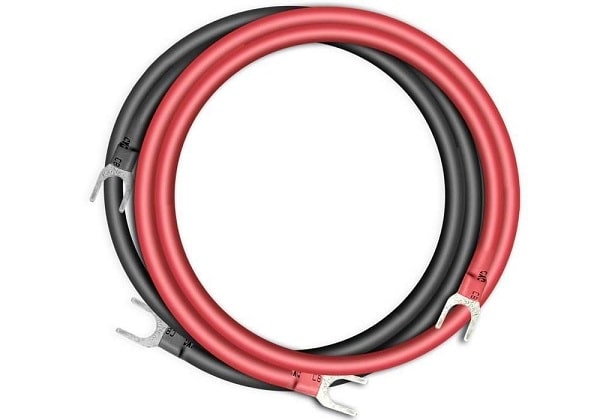Description
Siglent's SDL1020X programmable DC electronic load features a 3.5-inch TFT LCD display, user-friendly interface, and excellent performance specifications.
Features
- SDL1020X (single channel): DC 150 V/30 A, total power up to 200 W
- 4 static modes / Dynamic mode: CC/CV/CR/CP
- CC Dynamic mode: Continuous, pulsed, toggled
- CC dynamic mode: 25 kHz, CP dynamic mode: 12.5 kHz, CV dynamic mode: 0.5 Hz
- Measuring speed of voltage and current: up to 500 kHz
- Adjustable current rise time range: 0.001 A/us~2.5 A/us
- Minimum. Readback resolution: 0.1 mV, 0.1 mA
- Short circuit, battery test, CR LED mode and factory test functions
- 4-wire SENSE compensation mode function
- List function supports processing up to 100 steps
- The program function supports 50 step groups
- OCP, OVP, OPP, OTP and LRV protection
- External analog control
- Voltage, current monitoring via 0-10 V
- 3.5 inch TFT LCD display that can show multiple parameters and states simultaneously
- Built-in RS232/USB/LAN communication interface, USB-GPIB module (optional)
- Waveform trend graph and user-friendly file save and call functions
- PC software included: Supports SCPI, LabView driver
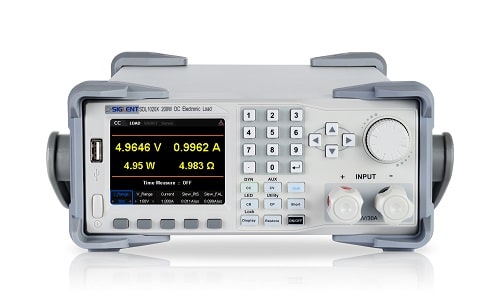
Hardware details
The SDL1020X/SDL1020X-E models have a 150 V/30 A 200 W input range, while the SDL1030X/SDL1030X-E models have a 150 V/30 A 300 W input range. The SDL1000X series leads with a measurement resolution of 0.1 mV/ 0.1 mA and the basic resolution of the SDL1000X-E series is 1 mV/1 mA and adjustable current rise times from 0.001 A/μs to 2.5 A/μs. For remote communication and control, the SDL series includes RS232/USB/LAN interface types. The SDL1000X series provides stability for a wide range of applications and can meet all types of test requirements. including: power, battery/handset design, industrial, LED lighting, automotive electronics and aerospace.
Product highlights
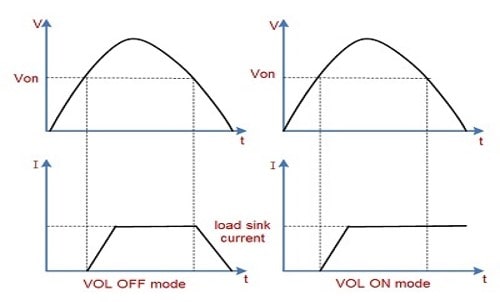
Voltage threshold function
The SDL1000X can be set to turn on or off when the input voltage is at, above, or below a set value. By defining these thresholds, you control when the load is active. This minimizes testing time and increases safety.
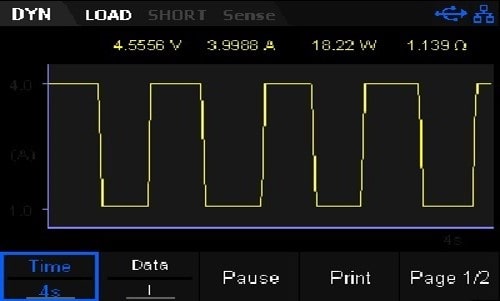
Waveform trend graph function
The electronic load includes a waveform display function and supports the following waveform operations: stop, record, and capture the waveform. You can quickly observe the trends of parameter changes throughout the test.
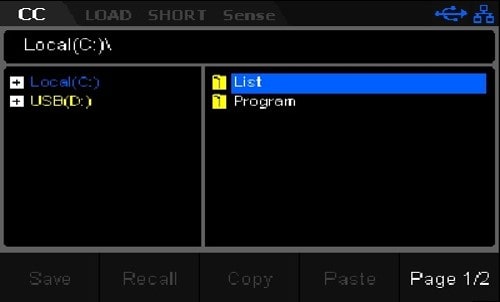
Save/recall setting parameters
Loading allows you to store different types of files in the internal and external memory. You can retrieve and read them when needed.

List operation function
Mit der List-Operation-Funktion können Sie schnell komplexe Lastfolgen generieren. Hier können Sie die Sollwerte, die Verweilzeit und die Anstiegsgeschwindigkeit für jeden Schritt im
Test bearbeiten. *Slew-Rate kann nur im CC-Modus bearbeitet werden.
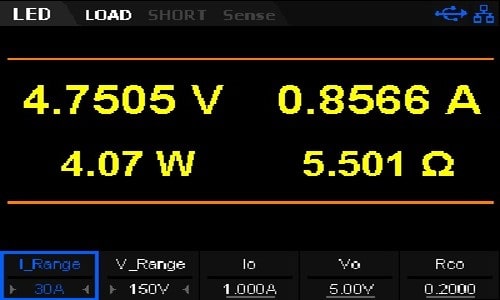
CR-LED-Modus
You can quickly generate complex load sequences with the list operation function. Here you can edit the setpoints, dwell time and slew rate for each step in the
edit the test. *Slew rate can only be edited in CC mode.
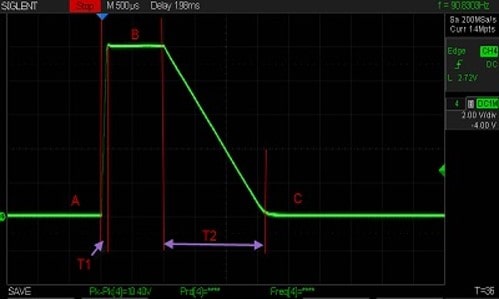
Voltage rise/fall rate test
The electronic load is also equipped to directly measure rise and fall times of the voltage. It can calculate the time from one voltage to another without the need for additional measuring instruments. With an SDL1000X, you can save money and improve efficiency.
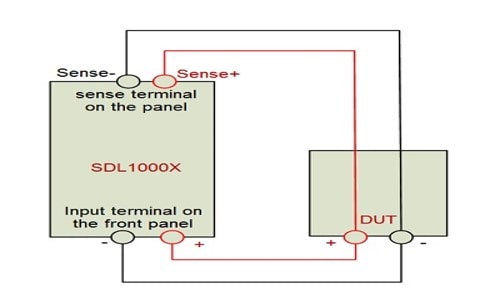
4-wire SENSE compensation mode function
When a load is connected to a power supply in CC/CV/CR/CW mode, this causes a large voltage drop on the connecting wires between the instrument under test and the load terminals. Remote Sense allows you to measure the voltage on the input terminals of the DUT, effectively eliminating the additional error due to the voltage drop in the connecting wires.

Program function
This function is useful for automatically running a series of tests on a device and then displaying whether the tests passed or failed. The test results can be viewed simply by pressing the up and down buttons. The load provides 8 non-volatile registers to store the autotest file for later retrieval. Each file contains 1-50 steps to set up. The Autotest function is especially useful when designing battery charging circuits.
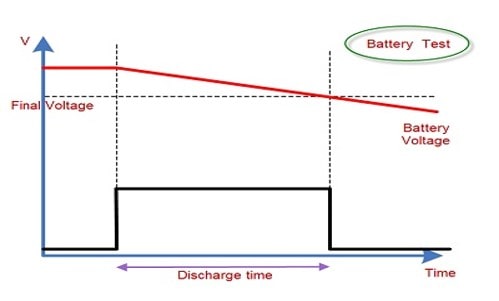
Battery discharge function
The SDL1000X can also provide insight into battery performance by analyzing the discharge characteristics of the DUT. The SDL has three stop conditions for the discharge test: voltage, capacity or time. The discharge process is terminated immediately when the stop conditions are met. This provides more control over test completion and an additional layer of safety during critical tests. Throughout the test process, the battery voltage, discharge current, discharge time and discharge capacity are clearly displayed on the LCD.
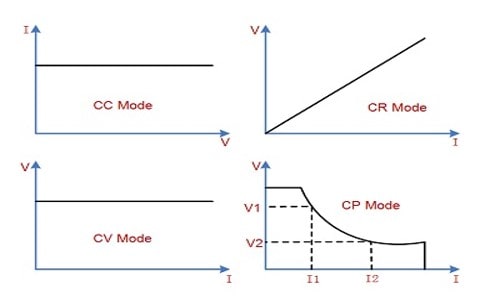
Steady-state operating mode
The SDL has four modes of operation to provide flexible test capabilities. In CC mode, the electronic load draws a constant current regardless of the voltage across its terminals. In CV mode, the electronic load produces a constant voltage across its terminals. In CR mode, the electronic load behaves like a fixed resistor value. As shown in the figure, the electronic load changes current linearly according to the input voltage. In CP mode, the electronic load causes a constant power to be dissipated in the load.
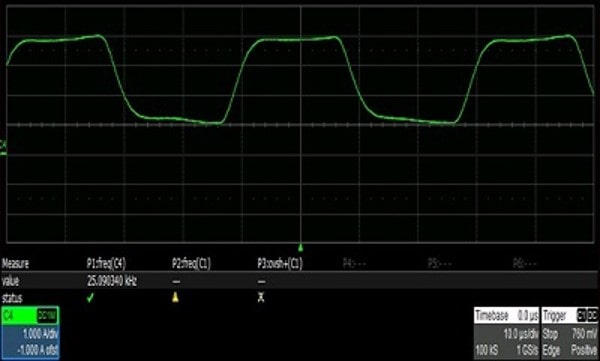
Dynamic test mode up to 25 kHz
The transient test allows switching between two different load values. A common application is testing the dynamic characteristics of a DC source or a DUT (Device-Under-Test). The transient test function allows the load to switch periodically between two set levels (level A and level B). The highest frequency can be set to 25 kHz in CC mode. The highest frequency can be set to 12.5 kHz in CP modes.
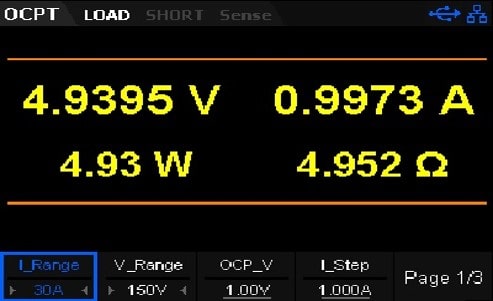
OCPT/OPPT mode
The over current protection mode (OCPT) prevents too much current from being drawn from the DUT. After the input voltage reaches the from point, the DC load starts to draw a current from the source after a delay time. The current value is increased by a certain step size at regular intervals. At the same time, the DC load compares the input voltage to the OCP voltage: if it is lower, the current value is compared to see if it is within the current range you set. Within the range, the OCP test evaluates Pass or Fail. If it is outside the set range, the DC Load increases the draw current and compares the voltage again.
Technical Data
| Model comparison |  SDL1020X-E |  SDL1020X | 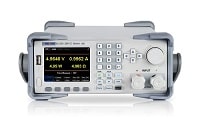 SDL1030X-E | 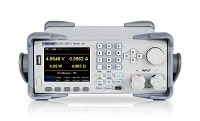 SDL1030X |
|---|---|---|---|---|
| Input Power | 200W | 200W | 300W | 300W |
| Measuring range | 1mV/1mA | 0.1mV/0.1mA (0-36V) | 1mV/1mA | 0.1mV/0.1mA (0-36V) |
| Current Slew Rate | 0.001-2.5A/us | 0.001-2.5A/us | 0.001-2.5A/us | 0.001-2.5A/us |
| Display | 3.5' TFT LCD | 3.5' TFT LCD | 3.5' TFT LCD | 3.5' TFT LCD |
| Interfaces | RS232/USB/LAN/GBIP | RS232/USB/LAN/GBIP | RS232/USB/LAN/GBIP | RS232/USB/LAN/GBIP |
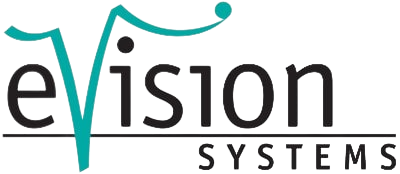
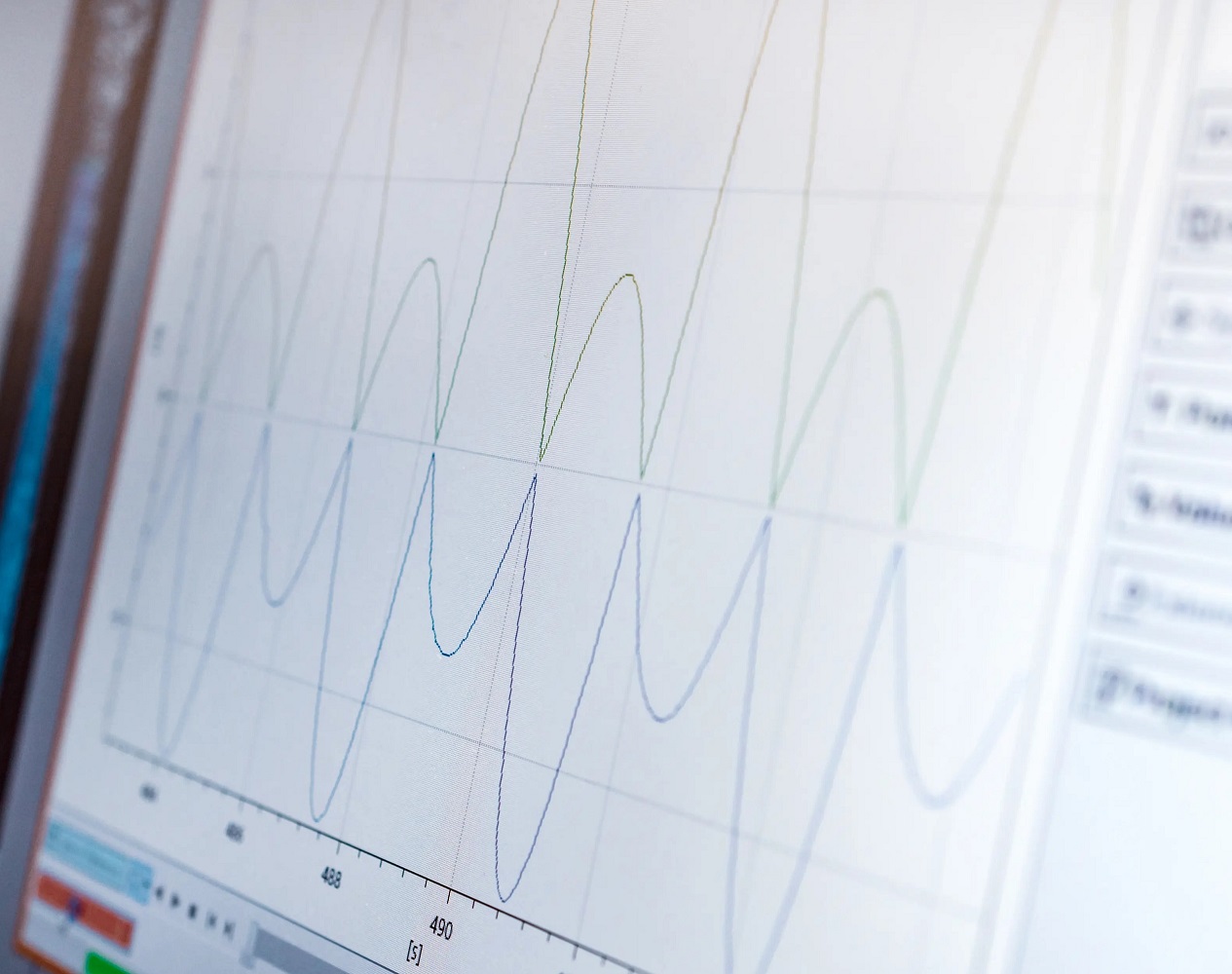


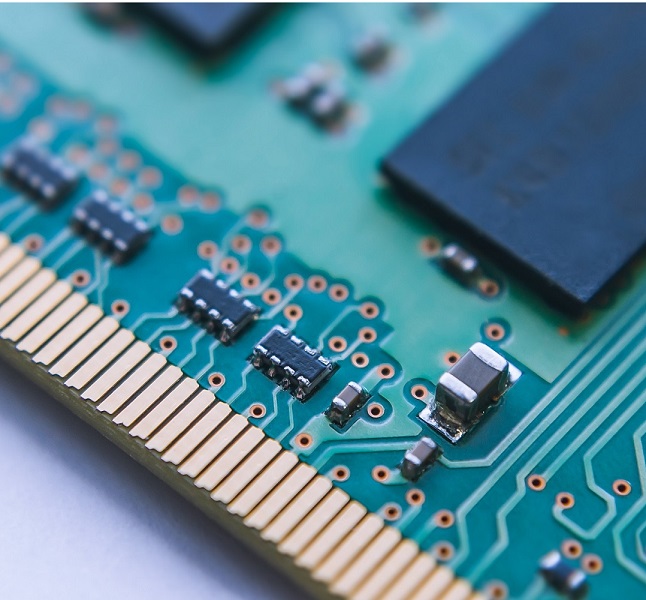




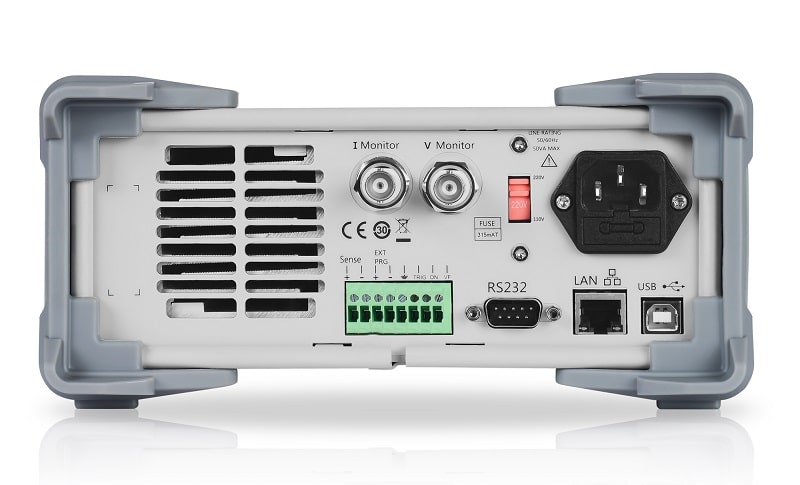

.jpg)
.jpg)
.jpg)
.jpg)
